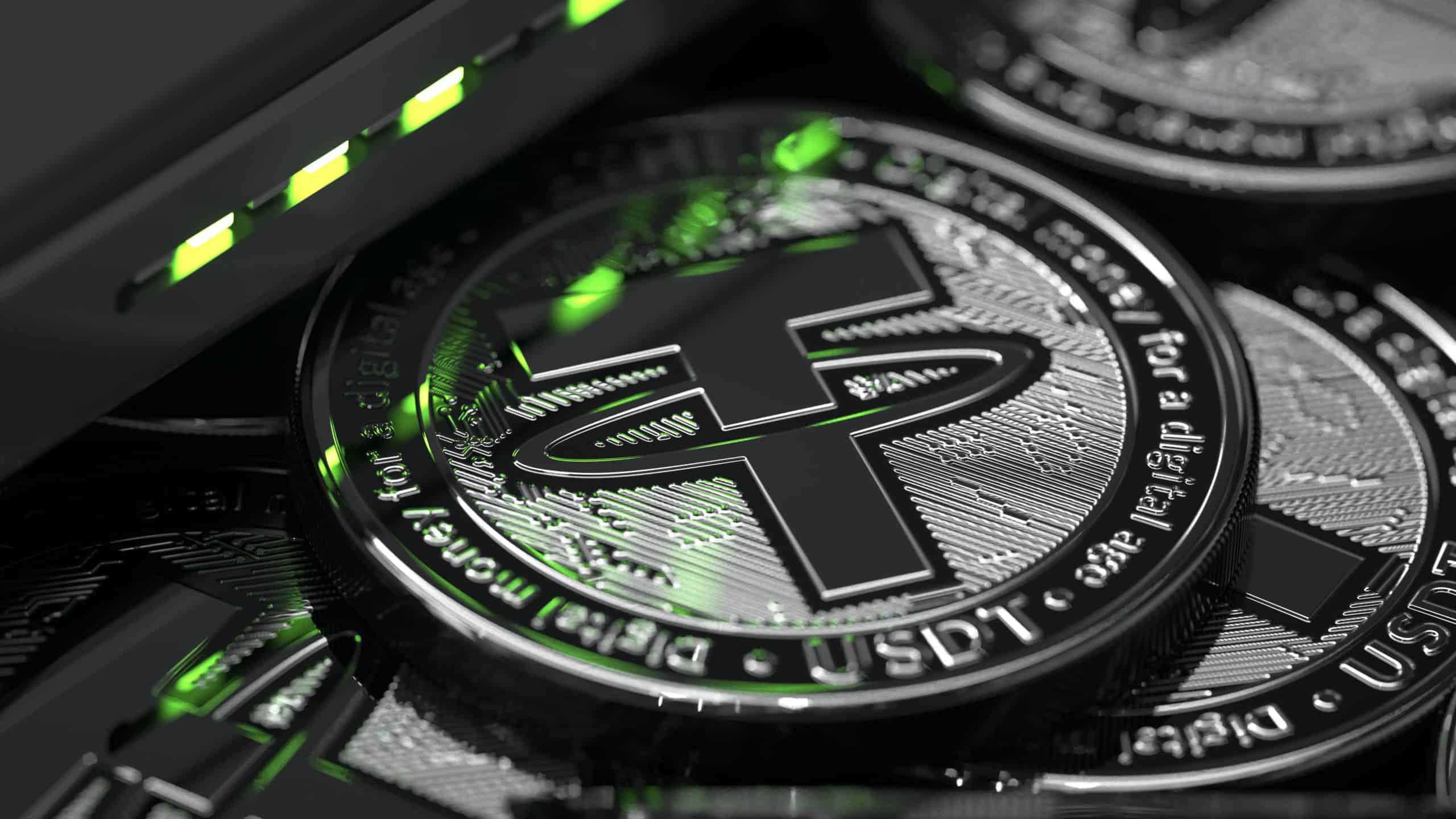Tether Blacklisting Raises Concerns Over Centralized Stablecoin Control

A recent blacklisting of a user’s wallet address by Tether (USDT) has sparked renewed debate about the risks of centralized stablecoins, as the action froze funds held in a non-custodial Unstoppable Wallet. This incident highlights Tether’s ability to remotely block transactions, a power rooted in its centralized control over the USDT protocol.
This is an important distinction, as non-custodial wallets mean that the user has full control over the funds and keys in the wallet, meaning, the platform itself, does not maintain or control them. However, if the protocol, in this case the USDT stablecoin protocol, has baked into it blacklisting features, then even in non-custodial wallets, user funds can still be blacklisted. This has been one of the main sticking points of stablecoins in general, and why many are calling them the CBDC's in disguise, and why so many regulators love them so much and are pushing them so hard.
A similar event in 2020 saw Tether blacklist 39 Ethereum addresses holding $5.51 million in USDT, underscoring a recurring pattern that raises questions about user autonomy in the crypto space. As stablecoins play a growing role in decentralized finance, such incidents prompt users to explore alternatives that prioritize censorship resistance.
🚫 USDT BLOCKED IN A USER'S WALLET 🚫
— Unstoppable | Crypto Wallet (@unstoppablebyhs) April 16, 2025
Recently, a user reported that they couldn’t send USDT from their Unstoppable wallet.
🔍 After investigation, we discovered the issue:@Tether_to had BLACKLISTED the user's address.
As a result:
❌ All transfers and swaps failed. 💸…
Decentralized Alternatives and Wallet Safeguards
DAI, a stablecoin developed by MakerDAO, operates on a decentralized protocol built on the Ethereum blockchain, distinguishing it from centralized counterparts like USDT. It maintains a 1:1 peg to the U.S. dollar through a system of smart contracts and over-collateralized assets, such as Ethereum, which users lock in MakerDAO’s vaults to generate DAI. This algorithmic approach, governed by community-driven decisions rather than a central authority, enhances DAI’s resistance to external interference. The stability mechanism relies on market incentives and automated adjustments to ensure the peg remains consistent, making DAI a cornerstone of DeFi applications.
Despite its appeal, DAI faces scrutiny as discussions reveal mixed perspectives on its evolution. Some users advocate for alternatives like Liquity’s LUSD, which offers similar decentralization benefits, while others criticize DAI’s transition to USDS, arguing it compromises the protocol’s decentralized principles. These debates underscore the ongoing tension between achieving stability, decentralization, and scalability in the stablecoin ecosystem. As users navigate these complexities, DAI remains a prominent example of how decentralized governance can reshape financial systems.
Unstoppable Wallet has emerged as an important player in addressing these concerns, particularly through its premium feature, which alerts users to blacklisted addresses before they initiate transactions. This safeguard, unique among major wallets, helps users avoid potential losses without compromising their privacy, a concern frequently raised in online discussions. The wallet’s approach ensures that checks are performed in a way that protects user data, offering a practical solution for navigating the risks of centralized stablecoin controls.
As the crypto space evolves, incidents like Tether’s blacklisting highlight the importance of choosing tools and assets that align with the principles of decentralization. While DAI and other decentralized stablecoins present compelling alternatives, users must weigh their trade-offs carefully. Unstoppable Wallet’s proactive measures provide a valuable layer of protection, empowering users to transact with greater confidence in an increasingly complex digital economy.

